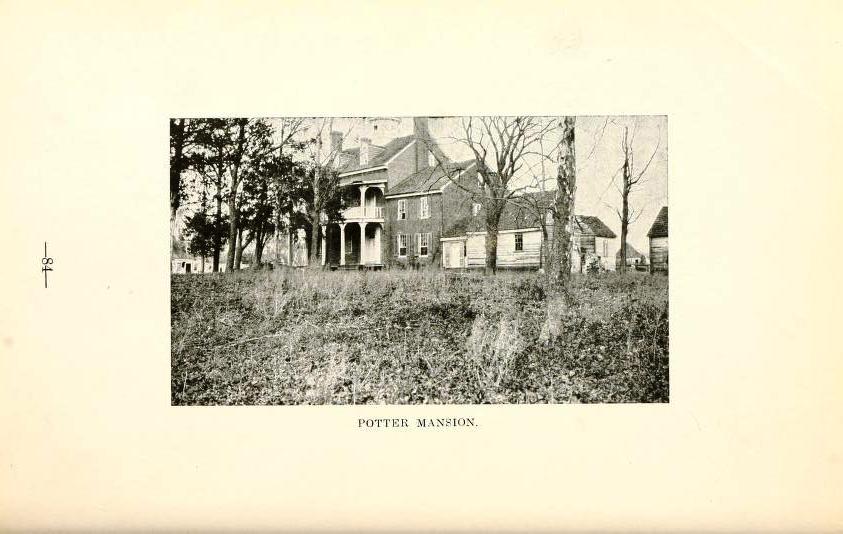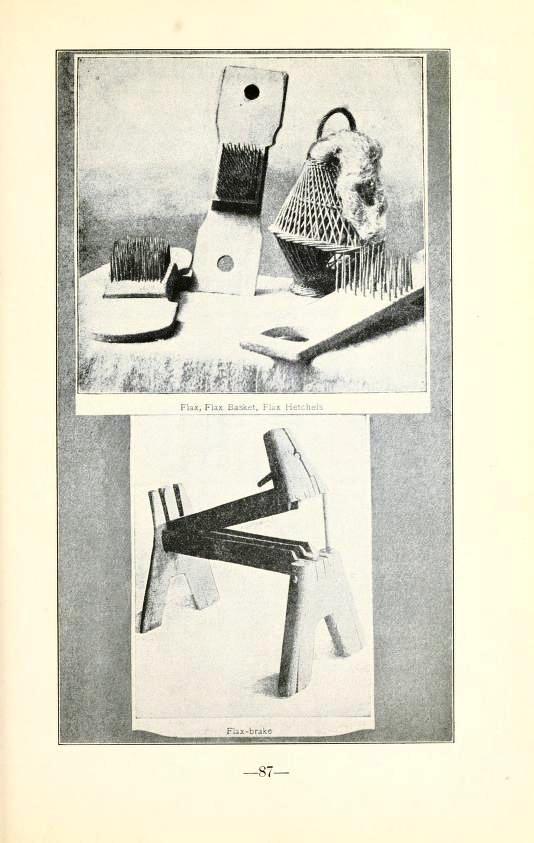The History of Caroline County, Maryland, From Its Beginning
The Potters of Potters Landing

If you should visit Williston, the large brick mansion there would
undoubtedly attract your attention. If you asked the history of
the house and its owners, this is the story you would be told.
About the middle of the eighteenth century Zabdiel
Potter, a sea captain from Rhode Island, settled at this place,
building for his home a small brick house. Being an enterprising
man, he soon made the place a point of commercial importance on the
upper Choptank. In his honor the settlement became known as
“Potter’s Landing.” Boats bound for Baltimore left the Landing
laden with cargoes of tobacco and on return trips brought such supplies
as the colonists had to import. While on a sea voyage in 1761, Captain
Potter died leaving a widow and two sons.
Nathaniel Potter, the elder of the sons,
inherited the home place known as Philips Range. During the
Revolution he became a prominent figure in the country. From 1774
to 1776 he served in the Maryland Conventions, was Justice of the
Orphans’ Court and first major in Staffords Company of Militia. In
December ’76, Isaac McHard, who was appointed to
collect food supplies in the province, engage Maj.
Potter to collect, salt, and barrel all the pork he
could procure for use in the army. So successful was Maj.
Potter in this, that in ’78 he was appointed Caroline
agent for purchasing provisions for the army. Two years after the
close of the war he died leaving a widow but no children. The home
at Potter’s Landing he will to his only brother.
This brother, Zabdiel
Potter 2nd, was a practicing physician in the county at
the outbreak of the Revolution. He was commissioned captain of the
first Caroline company of the flying camp, but resigned to become
surgeon’s first mate that he might utilize his medical skill where it
was so greatly needed.
Dr. Potter died in 1739 [sic]
and, like his father, left two sons of whom Caroline is justly proud.
In his will expressed a desire that these sons should engage in trade
together, but Nathaniel, the elder, preferred to
follow his father’s profession. He graduated in medicine at the
University of Pennsylvania, and later became a member of the faculty of
the University of Maryland, which position he held until his death in
1843.
William, the younger son, became a merchant
in Denton. He married Ann Webb, daughter of Colonel
William Richardson. For four years (1797, ’98, ’99 and 1804)
he represented Caroline in the lower House of the Assembly. In
1806 he became director for our county of the newly established branch
of Farmer’s Bank at Annapolis in Easton.
In 1809 he retired from business and
returned to Potter’s Landing, where he had the year previously completed
the main building of the present mansion. Here he probably
expected to spend the rest of his life in farming, which seems to have
been his chief delight, but the War of 1812 changed these plans.
During this conflict he became Brigadier General of the Maryland
Militia. General Potter three times
served on the Governor’s Council and in the years 1816 and 1831, being
the first named, was next to the governor in state administration.
In the rear of the mansion two marble
slabs bear these inscriptions:
“Sacred to the memory of Ann W. Potter who departed this life 12th Sept. 1836, Aged 64 years.”A few years after the death of General Potter, his sons having died and his daughters married, the property at Potter’s Landing was purchased by Colonel John Arthur Willis. During the Civil War four companies of the First Eastern Shore Regiment of Maryland Volunteers were raised at Potter’s Landing, it having been Colonel Willis who initiated the formation of this regiment. In later years the name of Potter Town was changed to Williston in memory of the Colonel and his family.
“General William Potter who departed this life Nov. 25, 1847 in the 76th year of his age.”
Potter’s Landing was for over a century the leading shipping port of Caroline County. During the lives of General Potter and Colonel Willis lines of sailing vessels plied between this wharf and Baltimore, and until the close of the last century, travel between that city and the central part of Caroline was entirely by boats, all of which stopped at this landing. The wharf is still used by the farmers of the neighborhood as a shipping point for their freight.
